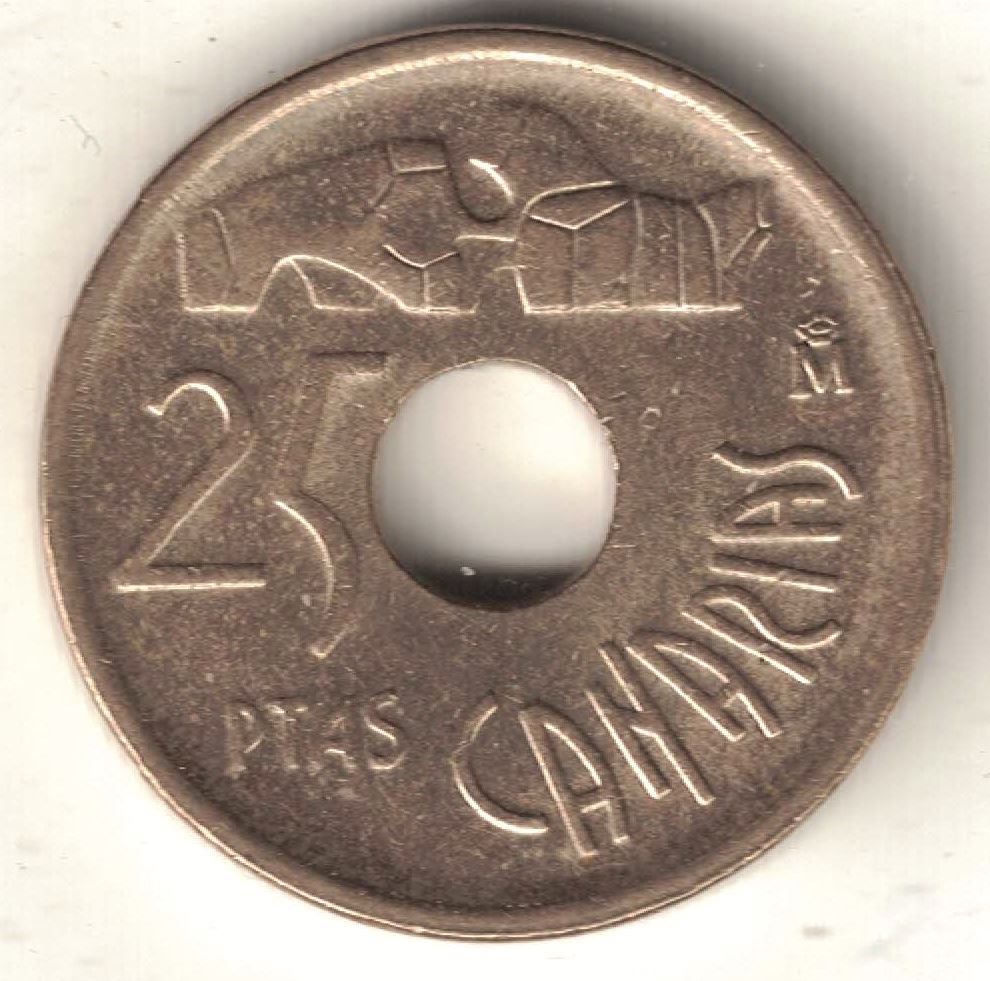

IF YOU ENGAGE IN THE TYPE OF SELF-PROMOTION DESCRIBED ABOVE OR OFFER TO BUY, SELL OR TRADE SOMETHING IN ANY OTHER THREADS WE WILL REMOVE YOUR POST. You may only promote personal blogs, websites, YouTube channels, businesses & similar projects in specially marked threads. PLEASE RESIST THE URGE TO CLEAN YOUR COINS IF YOU EVER INTEND TO SELL THEM. Posting pictures of or asking about PAPER MONEY? Please go to /r/papermoney, /r/uspapermoney, /r/BankStrapHunting, or /r/banknotes. Please post photos of BOTH SIDES of each coin you are sharing with us or asking about. This is a place to discuss coins from around the world and throughout history, and to show off your latest acquisitions and ask questions about coins.Ĭoins are legal tender issued by a governmental authority, typically in the form of metal disks. This isn't the place for it and they will be removed. Please don't make posts here about digital/crypto/blockchain currency. Also, no buying, selling, trading, self-promotion, spam, politics, or religion. Please read them and follow them, or think about posting on one of the other coin subreddits listed below.Ĭivility is the price of participation here. “Holey Dollar.” National Museum of Australia. “The Age of Spanish Discovery and Settlement (1492 – 1652).” Coins and Currency in Colonial America. The only coins remaining are in the possession of people who were rich enough that they did not need to exchange their silver for money at the time of demonetisation thus, these coins are extremely rare to find today. Those coins were mostly melted down and turned into bullion. In 1829, these coins were no longer used as currency, and a large majority of the coins in circulation were exchanged for the actual currency at the time. (Photo credit: National Museum of Australia) The silver was turned into the first currency known in Australia. The outside of the coin as known as the “holey coin,” while the center was called the “dump.” The restamped coins were then used as the currency in New South Wales., and since they were restamped, they weren’t able to be used as international currency. Because they didn’t have that much material to make coins, they cut the center out of each coin so that they could use the centers, resulting in twice the number of coins they would have otherwise. In 1812, Governor Lachlan Macquarie took around 40000 Spanish coins to use for currency. For example, around 1813, in New South Wales, Australia, the first currency they had was made from Spanish silver coins. Many countries have taken the old Spanish coins and cut holes into them or stamped right over them to use as their own currency. Most of the silver that was used came from Potosí, a mountain in Bolivia.

Because silver was universally wanted and used, everyone could trade with and for silver. Although it was mainly used and circulated between European Spain and South America, the use of it did go beyond these places. The first currency that was accepted internationally was the Piece of Eight. The coins were able to be split into eight different parts, as the American dollar is able to be split into 100 different parts, hence the name “Piece of Eight.” This has made a lasting impression on the American currency system, as seen by how we call quarters (25-cent pieces) “two bit,” four of which make up eight bits or a dollar.

The Piece of Eight, also known as the Spanish Dollar, is a Spanish coin that was made of silver found in South America.


 0 kommentar(er)
0 kommentar(er)
